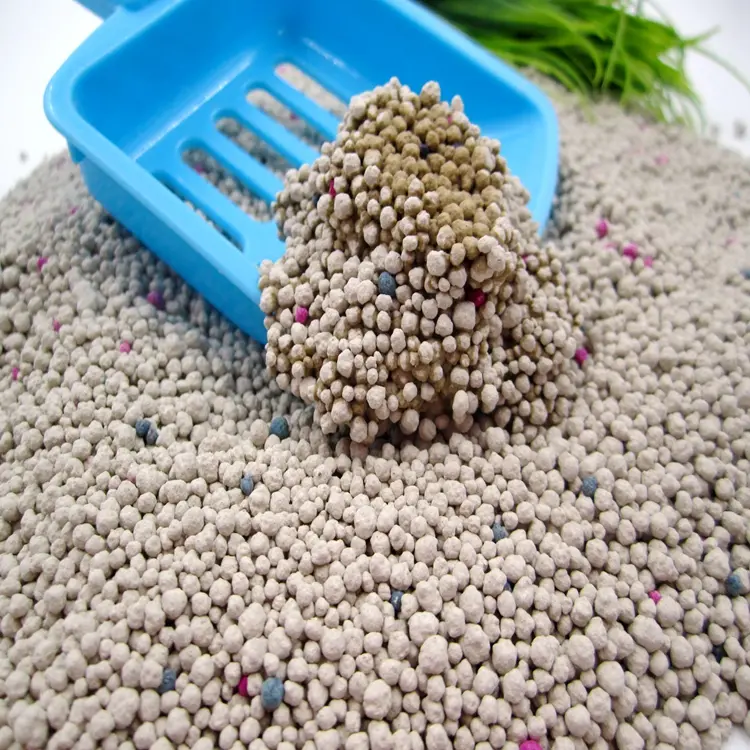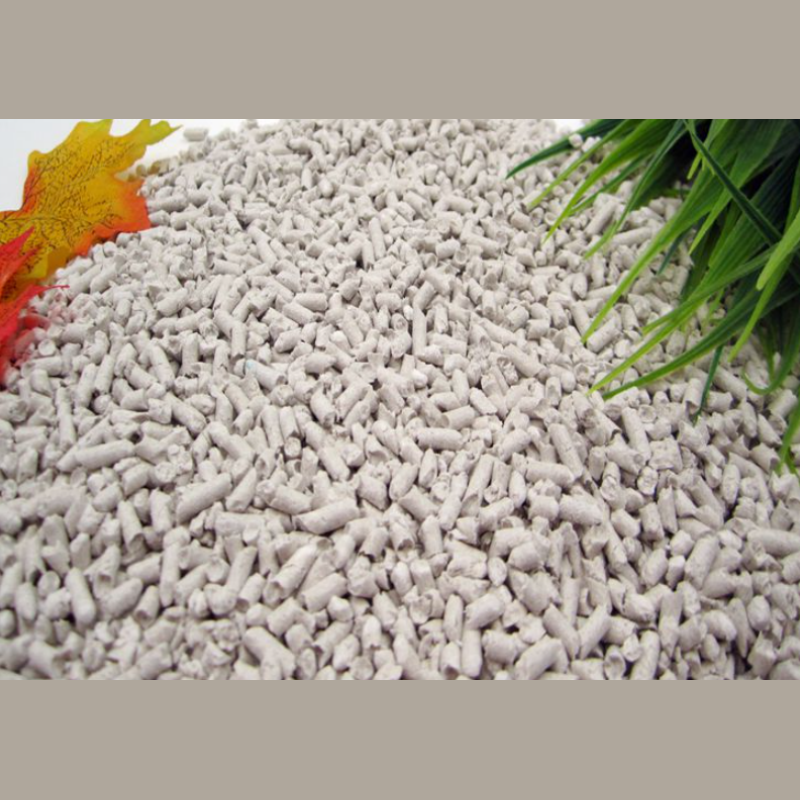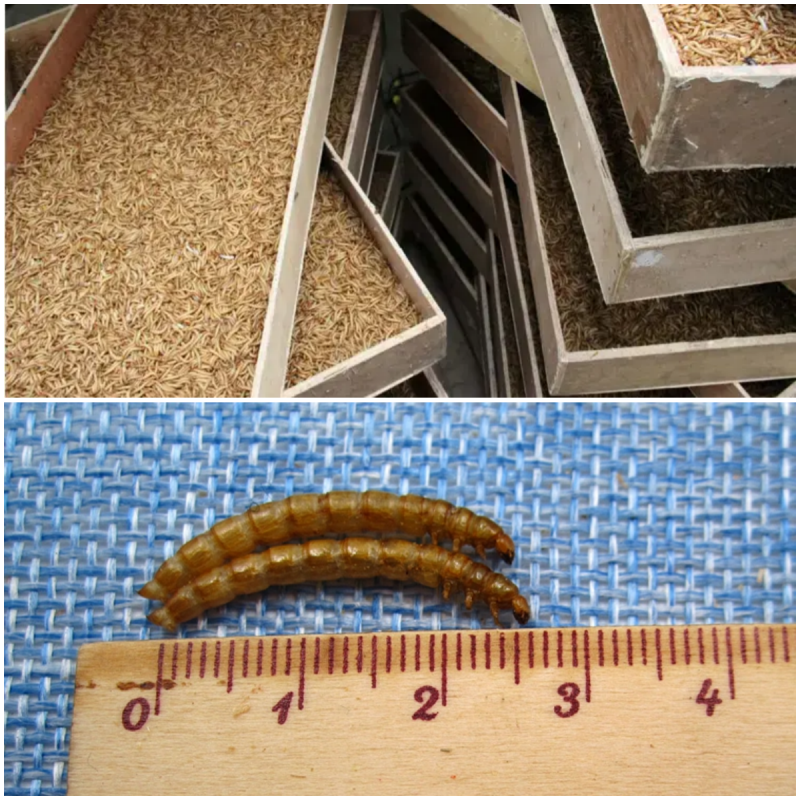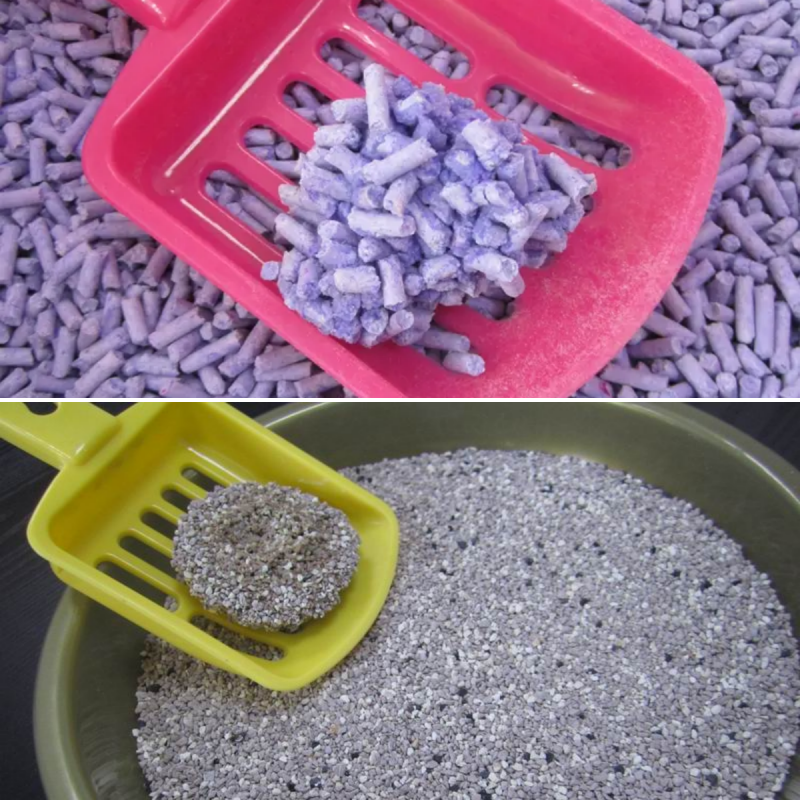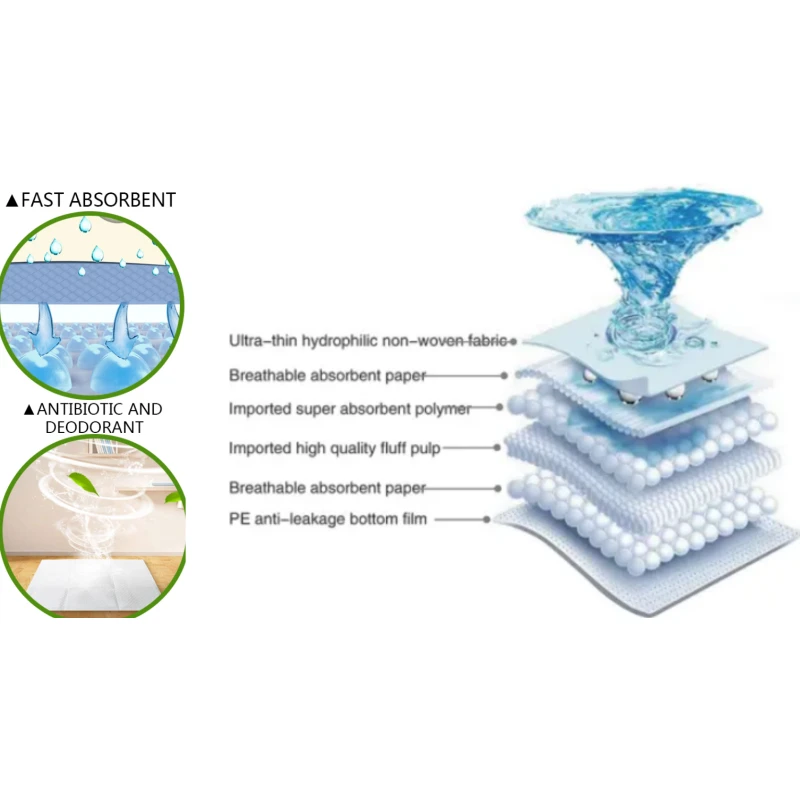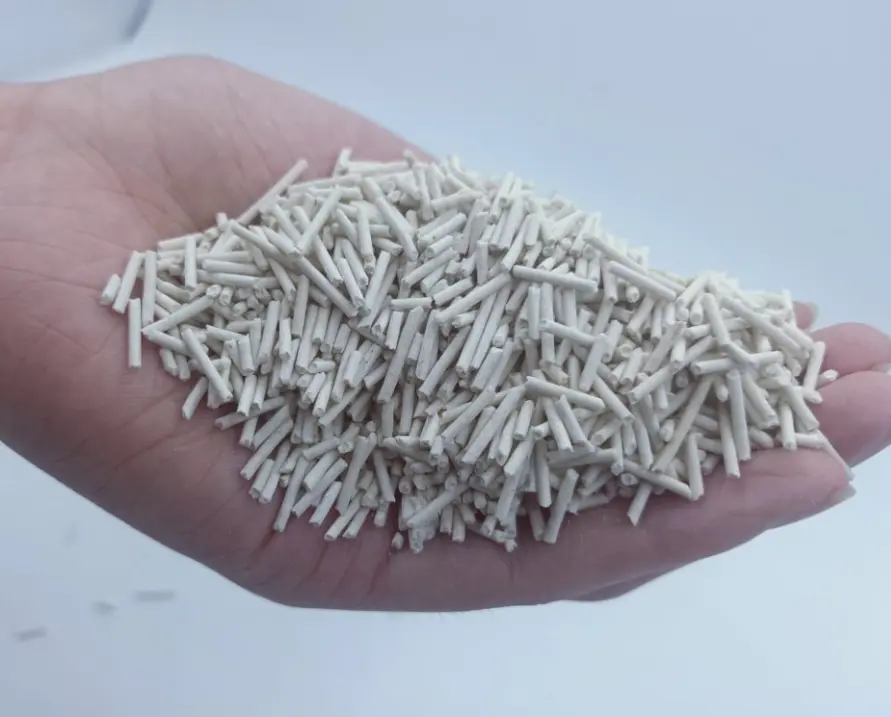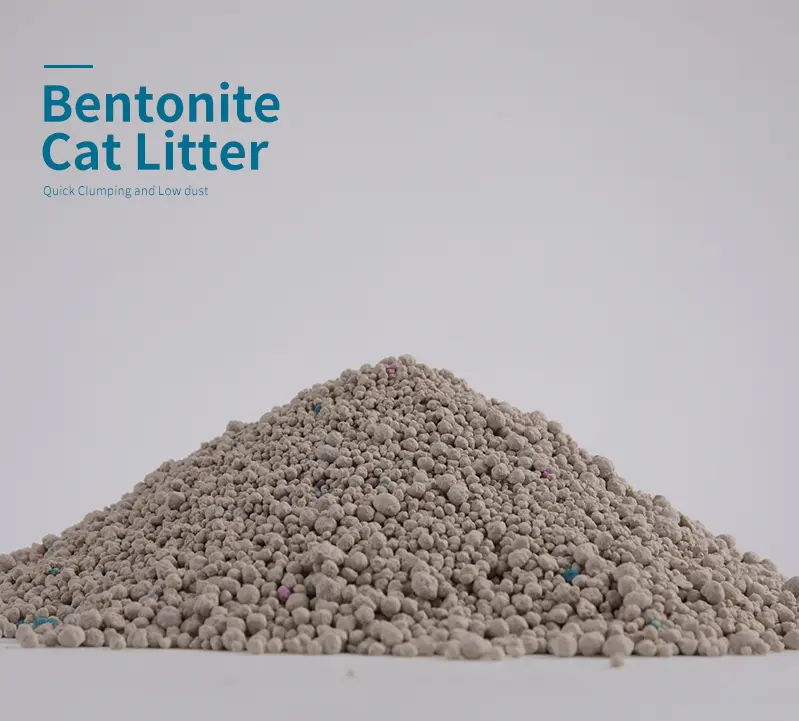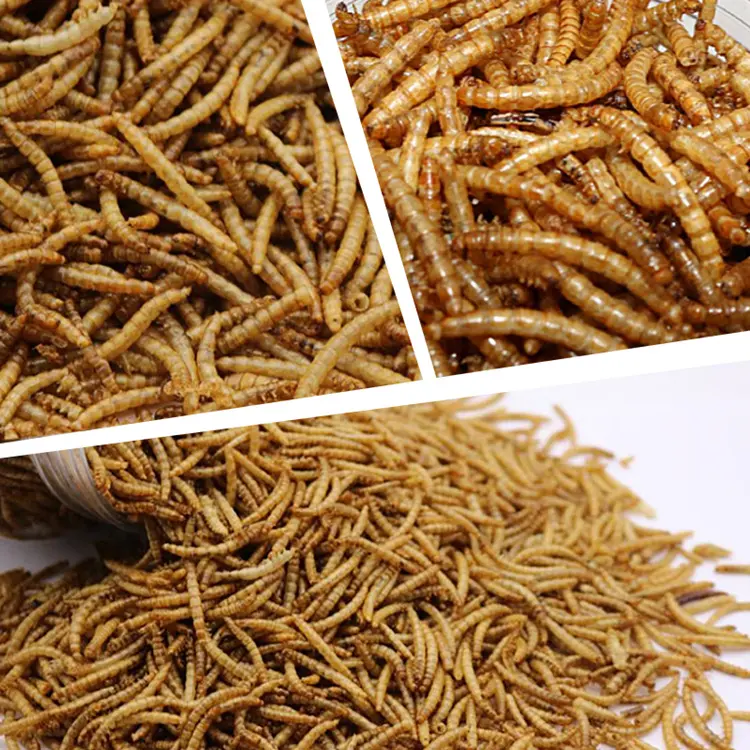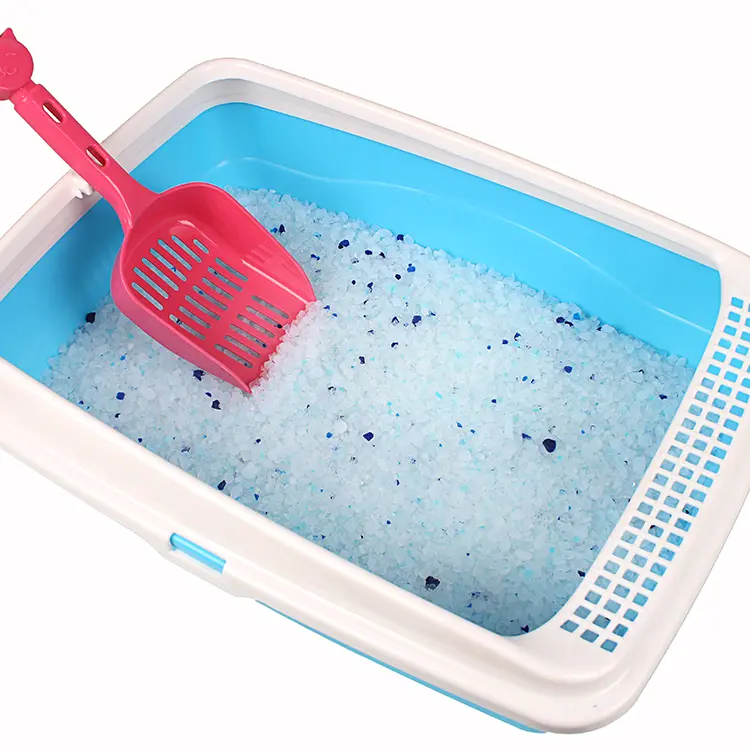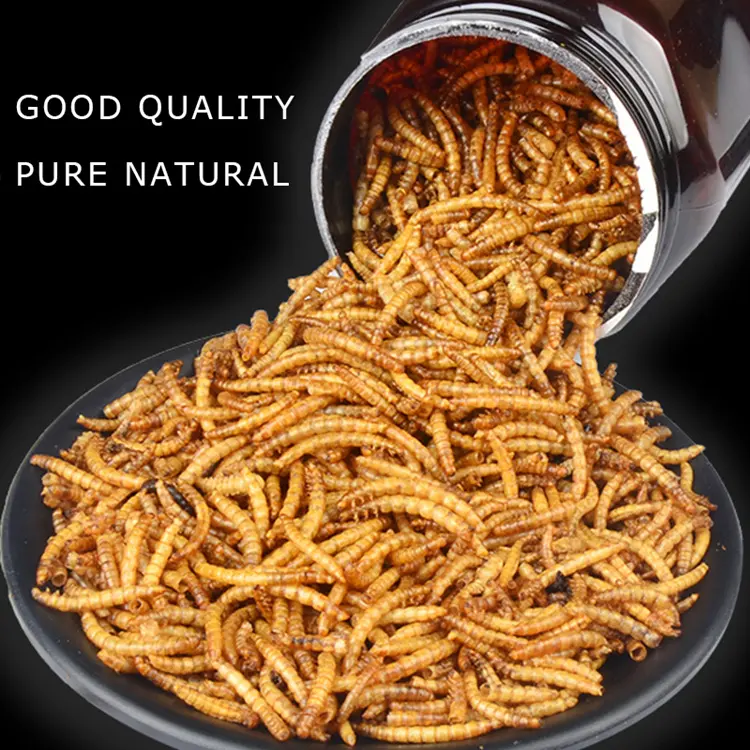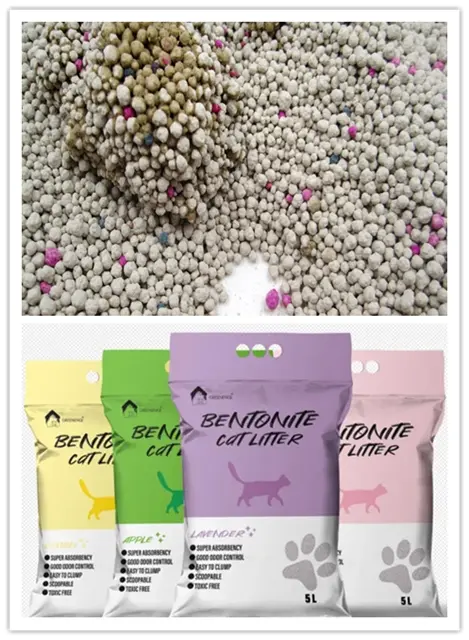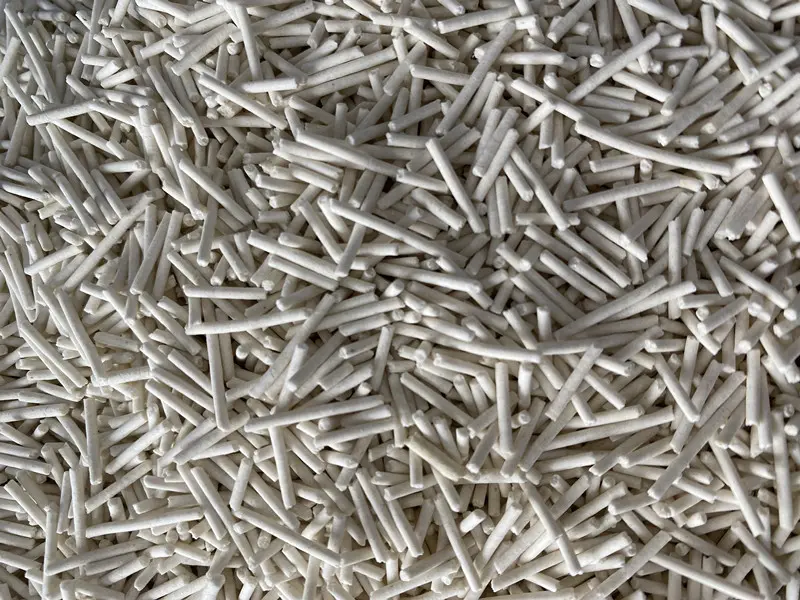What is Bentonite Cat Litter?
Bentonite cat litter, also known as clumping cat litter, is a type of cat litter made from bentonite clay, a natural clay material that has excellent absorbent and clumping properties. Here’s an overview of what bentonite cat litter is and its characteristics:
Characteristics of Bentonite Cat Litter
Clumping Ability: Bentonite cat litter is renowned for its superior clumping ability. When the litter comes into contact with moisture (urine or feces), it forms solid clumps that can be easily scooped out, leaving the remaining litter clean and dry.
Absorbency: Bentonite clay can absorb a significant amount of liquid, which helps to keep the litter box dry and reduces the spread of odors.
Odor Control: Due to its high absorbency, bentonite cat litter can effectively control odors by trapping moisture and preventing the growth of bacteria that cause unpleasant smells.
Ease of Cleaning: The clumping nature of bentonite litter makes it easy to clean the litter box. The solid clumps can be scooped out regularly, reducing the frequency of complete litter changes.
Dust Levels: While some bentonite cat litters are processed to be low-dust, others may generate dust when poured or when cats dig in the litter. Dust-free or low-dust options are available for cats and owners with sensitivities.
Availability: Bentonite cat litter is widely available and comes in various formulations, including scented and unscented versions, to cater to different preferences.
Benefits of Bentonite Cat Litter
Convenience: The ease of scooping and maintaining the litter box makes bentonite cat litter a convenient choice for many cat owners.
Effective Odor Control: Its ability to trap moisture and reduce odors makes it a popular option for multi-cat households.
Cost-Effective: Bentonite cat litter is generally affordable and offers good value for its effectiveness.
Drawbacks of Bentonite Cat Litter
Environmental Impact: Bentonite clay is typically obtained through strip mining, which can have a negative impact on the environment. Additionally, it is not biodegradable.
Potential Dust Issues: Some varieties of bentonite cat litter can produce dust, which may be problematic for cats or owners with respiratory issues.
Tracking: Bentonite litter can sometimes be tracked out of the litter box by cats, leading to a need for more frequent cleaning around the litter area.
Usage Tips
Regular Scooping: To maintain a clean litter box and reduce odors, scoop out clumps daily.
Deep Cleaning: Perform a full litter change and clean the litter box thoroughly every few weeks to ensure a hygienic environment for your cat.
Monitor Dust Levels: If dust is a concern, look for low-dust or dust-free varieties of bentonite cat litter.
In summary, bentonite cat litter is a popular and effective option for cat owners due to its excellent clumping and odor control properties. However, it is important to consider its environmental impact and potential dust issues when choosing the best litter for your cat.
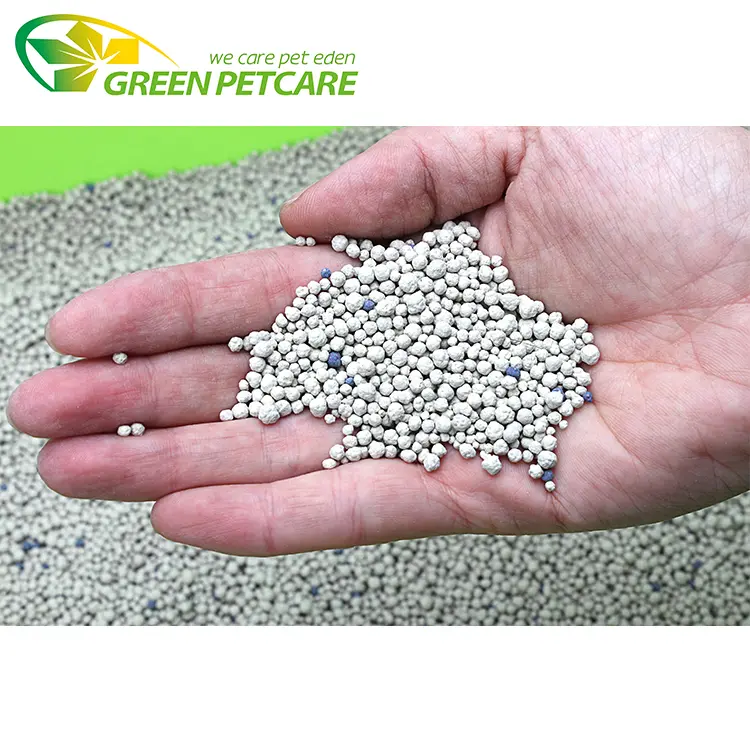
What are the problems of bentonite cat litter?
When cleaning bentonite cat litter, several main issues can arise:
1. Dust Problems
Bentonite cat litter can generate dust when poured, cleaned, or used by cats. This dust can cause respiratory irritation for both cats and owners, especially those with respiratory issues or allergies.
2. Tracking Problems
Bentonite cat litter particles can sometimes be tracked out of the litter box by cats, leading to scattered litter around the room. This requires frequent floor cleaning to maintain a tidy living environment.
3. Clump Handling
Although bentonite cat litter's clumping ability makes it easy to clean, sometimes the clumps can stick to the bottom or sides of the litter box, especially if there is insufficient litter in the box. This makes the cleaning process more cumbersome and may require scraping.
4. Waste Disposal
Bentonite cat litter cannot be flushed down the toilet like some biodegradable litters; it needs to be disposed of in the trash. This means frequent trips to the garbage can, particularly in multi-cat households.
5. Odor Control
While bentonite cat litter generally controls odors well, it can still produce unpleasant smells if not cleaned regularly. Untreated clumps and urine can lead to bacterial growth, exacerbating odor issues.
6. Environmental Impact
The production of bentonite cat litter usually involves mining activities, which have a significant environmental impact. Additionally, used bentonite cat litter is not easily biodegradable, posing an extra environmental burden.
7. Replacement Frequency
Even though regular clump cleaning can extend the litter’s usability, the entire litter box still needs periodic complete changes. The frequency of these changes depends on the number of cats and usage, which can increase maintenance costs and time.
8. Weight Issues
Bentonite cat litter is often heavy, especially in large packages. This can make handling and pouring difficult, particularly for older or physically weaker pet owners.
Solutions
Choose Low-Dust Litter: Look for bentonite cat litter products labeled as low-dust or dust-free.
Use Litter Mats: Place special litter mats outside the litter box to reduce the tracking of litter.
Increase Litter Amount: Ensure there is enough litter in the box to prevent clumps from sticking to the bottom.
Regular Cleaning and Replacement: Scoop clumps daily, replace all litter every week or two, and regularly clean the litter box.
Consider Eco-Friendly Alternatives: Consider using biodegradable litter options like tofu cat litter, wood pellet litter, etc., to reduce environmental impact.
By making informed choices and maintaining proper care, the issues encountered when cleaning bentonite cat litter can be effectively minimized, ensuring a clean and healthy environment for both cats and their owners.
Disposing of bentonite cat litter steps
Disposing of bentonite cat litter properly is important for environmental considerations and maintaining hygiene. Here are the recommended steps for disposing of bentonite cat litter:
1. Scoop the Waste
Daily Cleaning: Scoop out clumps of urine and feces from the litter box daily. Use a scoop designed for cat litter to make this task easier and more efficient.
2. Bag the Waste
Use a Durable Bag: Place the scooped waste into a sturdy, leak-proof plastic or biodegradable bag.
Seal the Bag: Tie the bag securely to prevent any odors or leaks. If possible, double-bag the waste for extra protection.
3. Dispose of in Trash
Regular Trash: Place the sealed bag in your regular trash bin. Avoid flushing bentonite cat litter down the toilet, as it can cause plumbing issues and is not biodegradable.
4. Changing the Entire Litter
Regularly refill Litter: Depending on usage and the number of cats, refill the litter in the box every one to two days
Clean the Litter Box: Before adding fresh litter, wash the litter box with warm water and mild detergent to remove any residual odors and bacteria. Dry the box thoroughly.
5. Environmental Considerations
Biodegradable Bags: Use biodegradable bags for disposing of cat litter to minimize environmental impact.
Recycling and Composting: While bentonite clay itself isn't compostable, some cat litter manufacturers offer biodegradable or compostable litters. Always check the product packaging for disposal recommendations.
6. Odor Control
Litter Deodorizers: Use litter deodorizers or baking soda in the litter box to help control odors, which can make disposal more pleasant.
Regular Trash Disposal: Dispose of the bagged waste regularly, preferably daily or every other day, to prevent buildup and reduce odors.
7. Hygiene Practices
Hand Washing: Wash your hands thoroughly with soap and water after handling cat litter to avoid any potential health risks.
Litter Box Placement: Keep the litter box in a well-ventilated area to help dissipate any lingering smells.
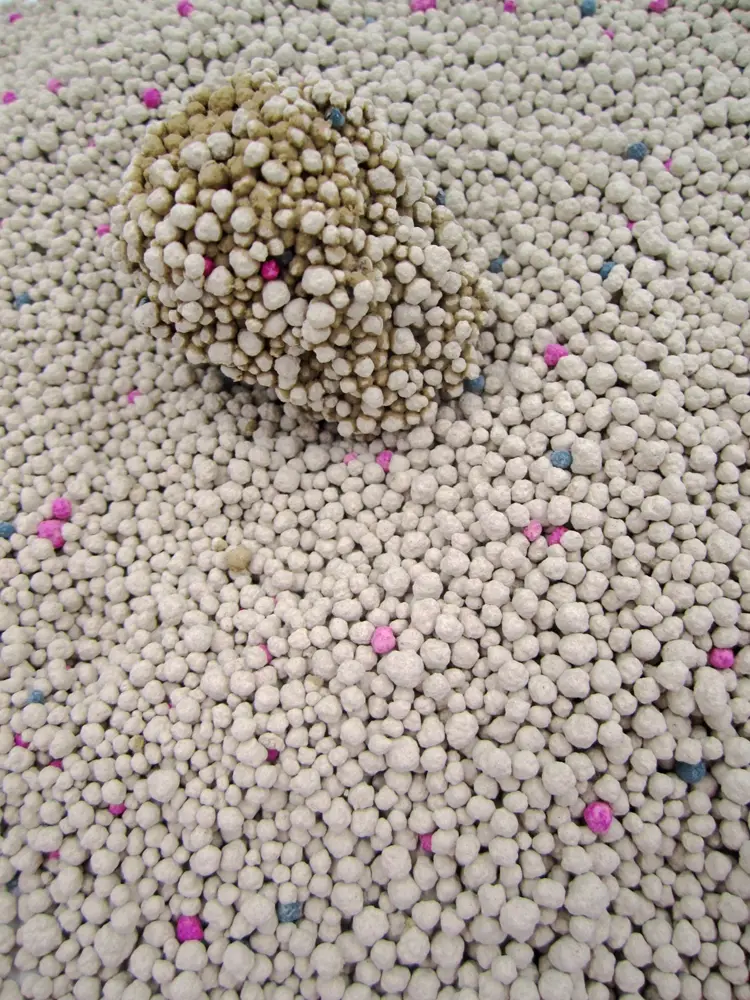
By following these steps, you can ensure that bentonite cat litter is disposed of properly, maintaining hygiene and reducing environmental impact.
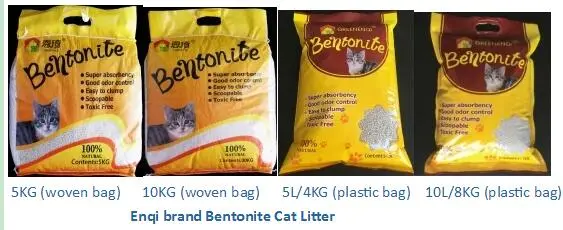
![]() Green Pet Care--Cat Litter Catalogue.pdf
Green Pet Care--Cat Litter Catalogue.pdf
